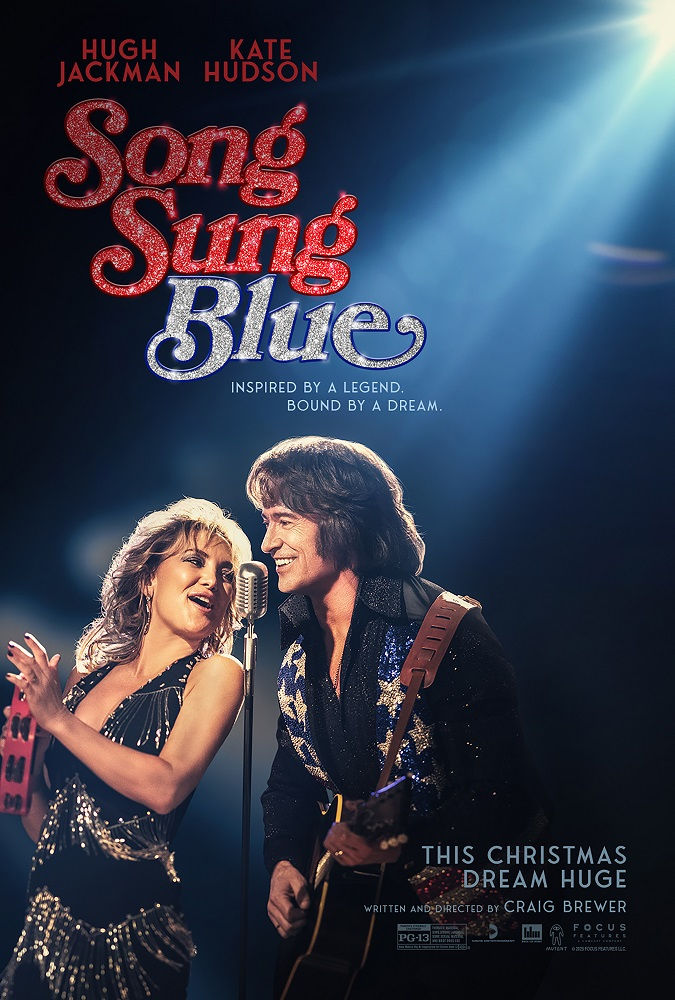Pablo Berger Gives a Spanish Flavor to a Beloved Fairy Tale with Blancanieves
- PopEntertainment

- Mar 29, 2013
- 2 min read
Updated: Jun 8, 2025

Pablo Berger
Pablo Berger
Gives a Spanish Flavor to a Beloved Fairy Tale with Blancanieves
by Brad Baflour
Spanish director Pablo Berger took a leap with his second film, Blancanieves, in re-imagining of the Snow White fable with enough grit to validate the film. However to construct it as a silent film was a real jump into the abyss – both creatively and financially. Keep in mind this Spanish director had the idea to do a film this way nearly a decade before The Artist came out of the French wilderness and won hearts, minds and the Oscar for Best Picture in 2012.
Opening the 2012 Spanish Cinema Now – sponsored by the Film Society of Lincoln Center – Blancanieves (Snow White), was Spain’s 85th Academy Awards submission to Best Foreign Language category this year, but it didn’t make the final shortlist. Playing on the Brother Grimm’s tale, it incorporates myth, archetypes and wry humor to tell a story set in a romantic vision of 1920s Andalusia. Intended as an homage to European silent films, this twist on the fairy tale is set in 1920s Seville and centered on a female bullfighter.
This film was a huge hit in Spain and won the Special Jury Prize and Best Actress “Silver Shell” Award for Macarena García at the 2012 San Sebastián International Film Festival. It also won 10 Goyas, including one for Best Film at the 27th annual Spanish Awards.
Beautifully shot, with an ensemble cast notable for their quiet finesse, it entwines humor, betrayal, greed, deceit and sweet revenge as fundamental story elements. When Berger came to NYC in advance of its theatrical release he spoke lucidly about his film and his time working in this city.
What did you need to learn to make this movie – this isn’t what people expect from a feature film….
My favorite period of film history is the silent era – the 20s in particular – a time when most types of cinema was invented. Most of the great films from the silent era were made in the ‘20s. There are so many great ones that I’ve been trained to follow or think of films visually. Even when I went to film school, in the first year, I concentrated on doing silent short films. When I was teaching at the New York Academy my students did silent films. When you move to the commercial world to make a black and white silent film, it’s expensive for Europeans, so it’s like a cinematic terrorist attack. It truly is and should be because the director should always remember what makes film different from other media or art forms is the visual story telling. Different shot sizes, camera movement, lighting, the eye, even if you really think about it the moments in film history that stay with you they’re are very few that are dialogue driven. They are these moments. I truly believe it’s visually driven.











Comments